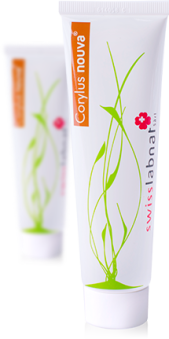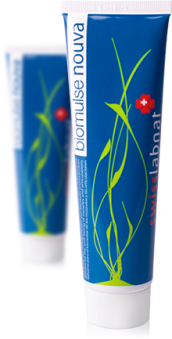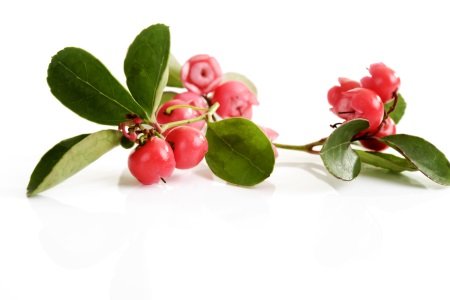
Wintergreen
(Gaultheria procumbens)
Also called wintergreen, it is a small shrub growing in the forests of North America and China. Its high concentration of methyl salicylate makes it a remarkable anti-inflammatory, we use it in the composition of our Biomulse balm.
Roman Chamomile
(Anthemis nobilis)
Contrary to what its name seems to indicate, this perennial herbaceous plant is mainly found on the Atlantic front of Europe. However, the Romans already used it for its soothing and anti-inflammatory action, hence its qualification as Roman.
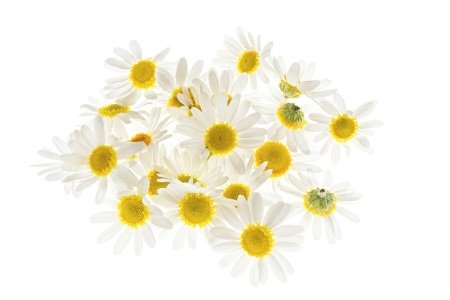
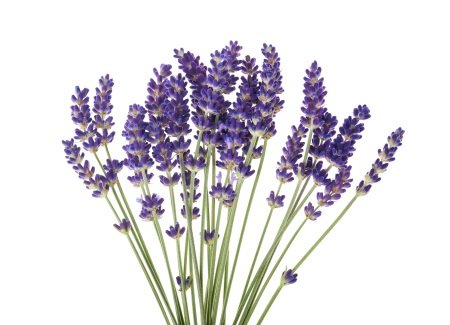
Lavender officinalis
(Lavandula angustifolia)
Sub-shrub with a powerful scent, this lavender grows mainly in Provence in the wild but can be grown anywhere. It is the most sought after lavender for the quality of its essential oil with antirheumatic and antispasmodic properties.
Thyme
(Thymus vulgaris)
A sub-shrub native to the sunny garrigues and steppes of southern Europe, this aromatic plant, well known in the kitchen, also has an analgesic action and helps to fight against osteoarthritis and rheumatism.
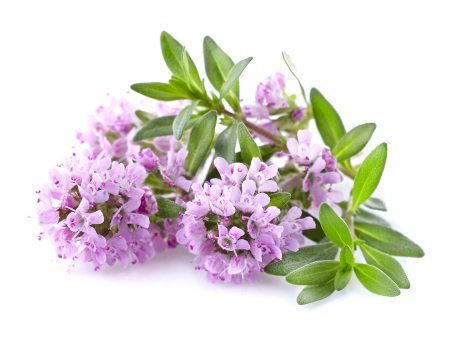
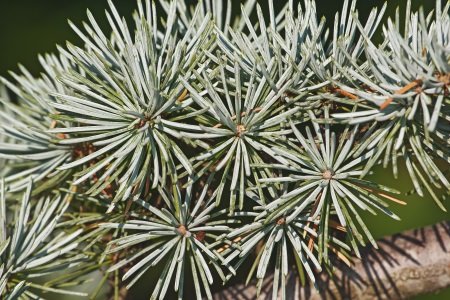
The Atlas Cedar
(Cedrus Atlantica)
This tree of the conifer family is native to the Atlas but there are also many of them in Lebanon on whose flag it appears. Its essential oil helps fight against nervousness and gives off a delicate fragrance.
Mountain Arnica
(Arnica montana)
Originally from the mid-mountain regions of southern Russia, Europe and America, arnica, a perennial plant, is used to treat local inflammatory conditions of traumatic or infectious origin. Rich in anti-inflammatory and analgesic principles. It is commonly prescribed in traumatology and sports medicine.
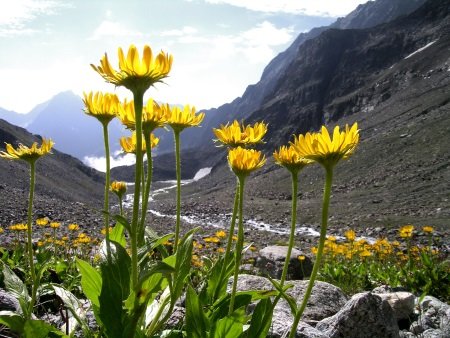
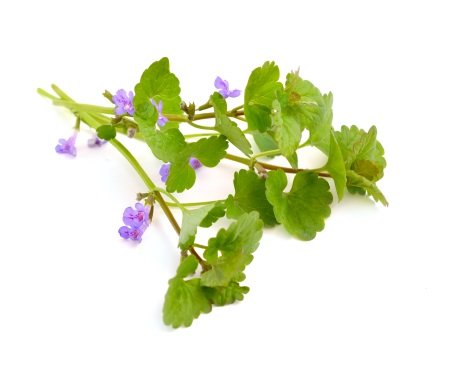
Ground Ivy
(Glechoma hederacea)
A perennial and creeping plant, it is found everywhere, from Europe to Japan, via North America, at the edge of forests. Formerly used in beer before being replaced by hops, ground ivy has found its letters of nobility in herbal medicine as an anti-inflammatory, vulnerary, expectorant and stomachic.
The great nettle
(Urtica dioica)
This herbaceous and perennial plant of Eurasian origin is a powerful tonic and is reputed to be antiasthenic and antianaemic.
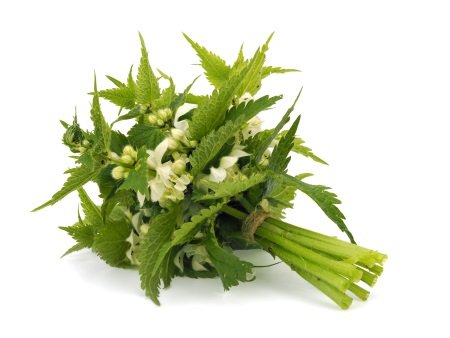
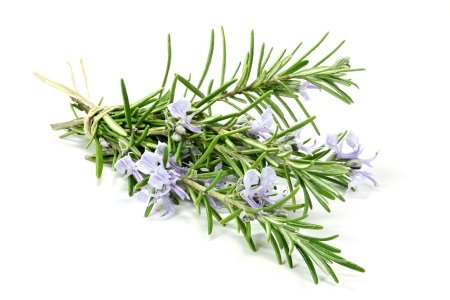
Officinal Rosemary
(Rosmarinus officinalis)
A sub-shrub from around the Mediterranean, it is coveted for its fragrance and its antitussive, anti-infectious, bactericidal and fungicidal properties.
The Cypress
(Cupressus sempervirens)
Originally from Asia, it has perfectly acclimatized in the northern hemisphere, particularly along the Mediterranean basin, which has earned it the name Cypress of Provence. The essential oil from its branches is used for its properties facilitating venous and lymphatic circulation.
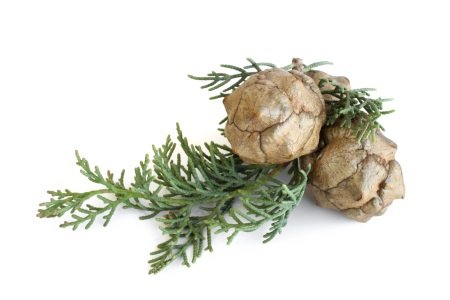
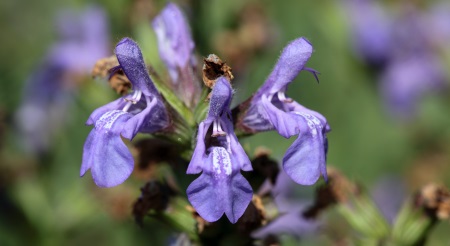
Sage with lavender leaf
(Salvia lavandulifolia)
Also called European tea, it is said to be the sacred herb. Originally from Western Asia, it is known to stimulate the immune system, regulate sebum, and act as a tonic and analgesic on the body. Applied to the skin, it is an effective muscle relaxant.
hazel leaf
(Corylus)
The myricetin contained in the tannin of hazel leaves offers a vasoconstrictor action that relieves venous disorders and the feeling of heavy legs. In external use it accelerates the healing of wounds and dermatological attacks.
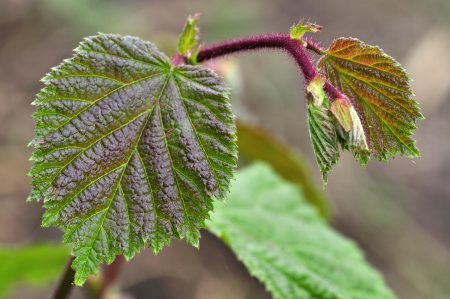
Some products that might interest you
Ciserbe Nouva TM
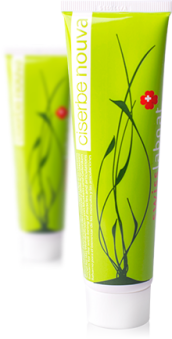
Relieves joint and muscle pain, the feeling of heavy legs and soothes irritated skin.
